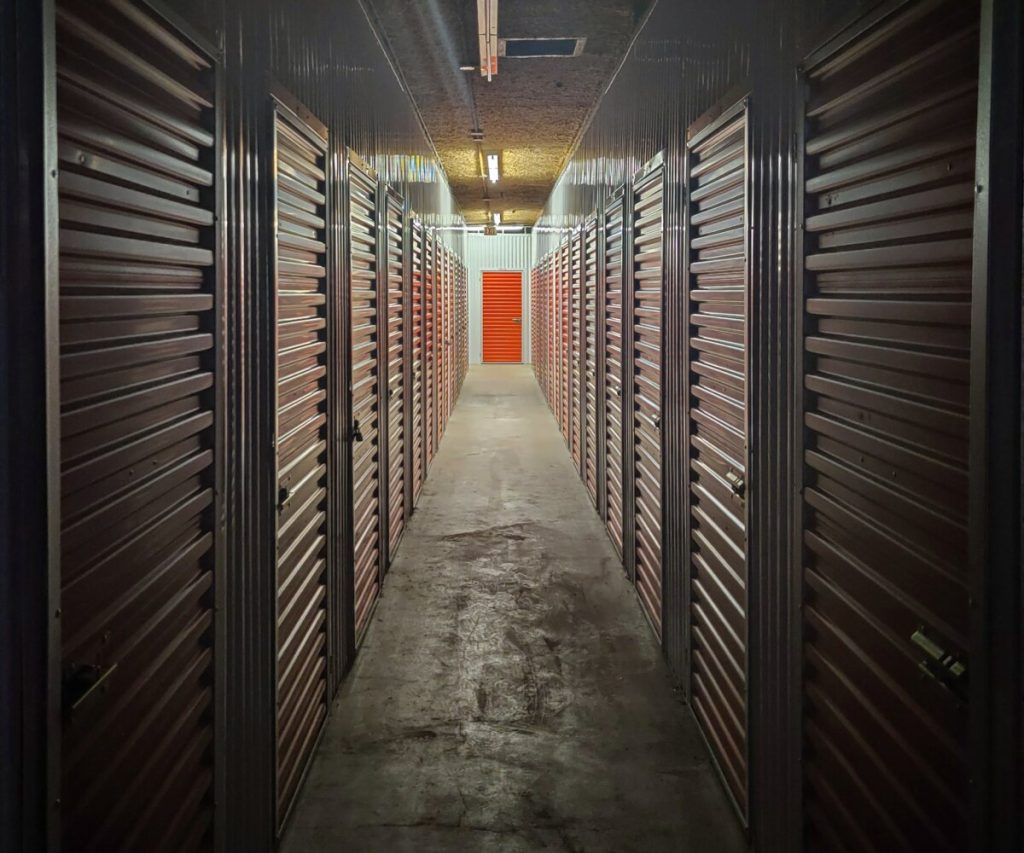Improving Inventory Turnover – Efficiency Gains from Goods Storage Centers
Improving inventory turnover through efficient goods storage centers is crucial for enhancing operational efficiency and reducing costs in supply chain management. Inventory turnover, a key metric, reflects how quickly a company sells and replaces its stock over a certain period. A higher turnover rate typically indicates effective management of inventory levels and faster cash conversion, which are vital for profitability and competitiveness. Efficient goods storage centers play a pivotal role in achieving improved inventory turnover rates. These centers leverage advanced technologies and optimized storage layouts to streamline operations and minimize storage costs. Implementing automated storage and retrieval systems AS/RS and barcode tracking systems can significantly enhance accuracy and speed in inventory management. AS/RS, for instance, allows for dense storage configurations and automated picking, reducing the time required for order fulfillment and replenishment. Furthermore, strategic placement of goods storage centers can reduce transportation costs and lead times.

Proximity to major transportation hubs or customer bases can facilitate quicker deliveries and responsiveness to market demands. This localization strategy not only improves inventory turnover by reducing holding times but also enhances customer satisfaction through faster order fulfillment. Another critical factor in optimizing inventory turnover is the adoption of lean inventory practices within istanbul eşya depolama centers. Lean principles focus on minimizing waste, including excess inventory, overproduction, and unnecessary handling. By maintaining lean inventory levels based on demand forecasts and historical sales data, companies can avoid stockpiling excess goods and reduce the risk of obsolescence. Moreover, goods storage centers can integrate Just-In-Time JIT inventory management techniques to further enhance efficiency. JIT aims to synchronize production with customer demand, ensuring that goods are delivered immediately before they are needed for assembly or shipment. This approach minimizes inventory holding costs and maximizes inventory turnover by reducing the amount of capital tied up in unsold goods. Additionally, effective inventory turnover improvement strategies involve employing data analytics and predictive modeling.
Advanced analytics can identify patterns and trends in customer demand, allowing goods storage centers to optimize inventory levels and allocate resources more effectively. Predictive modeling techniques help forecast future demand with greater accuracy, enabling proactive adjustments to inventory levels and replenishment schedules. Furthermore, goods storage centers can enhance inventory turnover by fostering collaboration and visibility across the supply chain. Collaborative planning, forecasting, and replenishment CPFR initiatives with suppliers and distributors can improve demand forecasting accuracy and reduce lead times. Enhanced visibility through real-time inventory tracking and supply chain integration enables proactive management of stock levels and faster response to market fluctuations. Improving inventory turnover through efficient goods storage centers involves integrating advanced technologies, adopting lean practices, and leveraging data-driven insights. By optimizing storage layouts, implementing automation, and adopting lean inventory strategies, companies can reduce holding costs, minimize waste, and enhance responsiveness to customer demands. Strategic placement of storage centers and collaborative supply chain initiatives further contribute to achieving higher inventory turnover rates and improving overall operational efficiency.